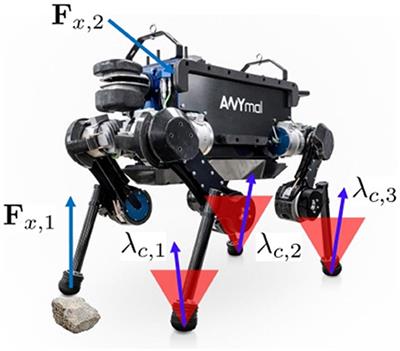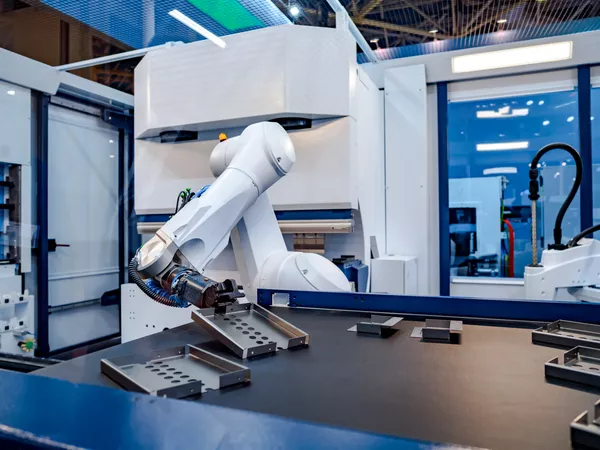EDITORIAL
Published on 14 Dec 2020
Editorial: Bridging the Gap Between the Lab and the Real World: Future Perspectives for Legged Robots
doi 10.3389/frobt.2020.629002
- 1,808 views
- 2 citations
7,581
Total downloads
41k
Total views and downloads
Select the journal/section where you want your idea to be submitted:
EDITORIAL
Published on 14 Dec 2020
ORIGINAL RESEARCH
Published on 19 Nov 2020
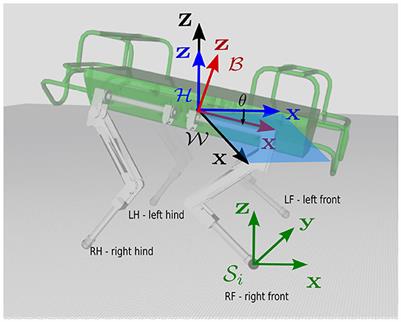
ORIGINAL RESEARCH
Published on 05 Jun 2020
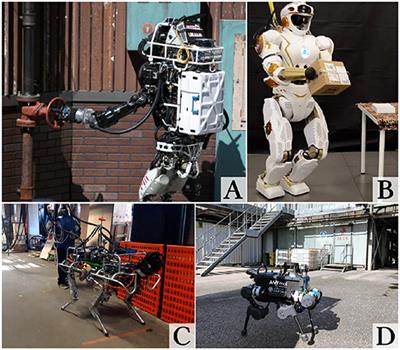
ORIGINAL RESEARCH
Published on 04 Jun 2020
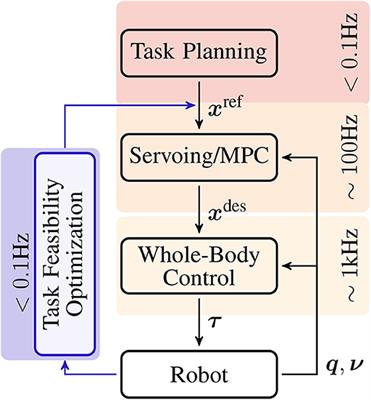
ORIGINAL RESEARCH
Published on 24 Apr 2020
